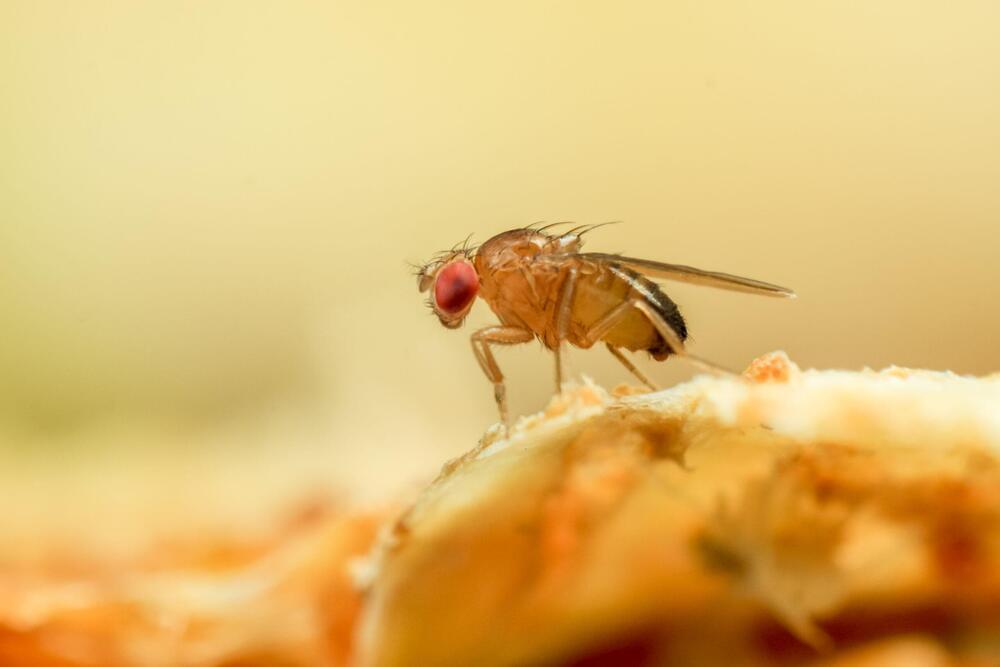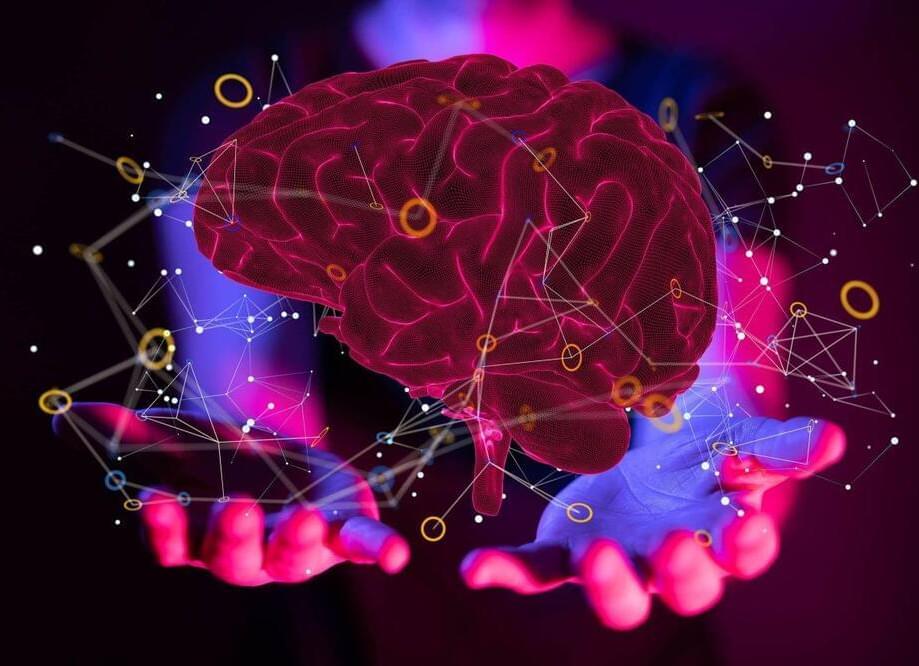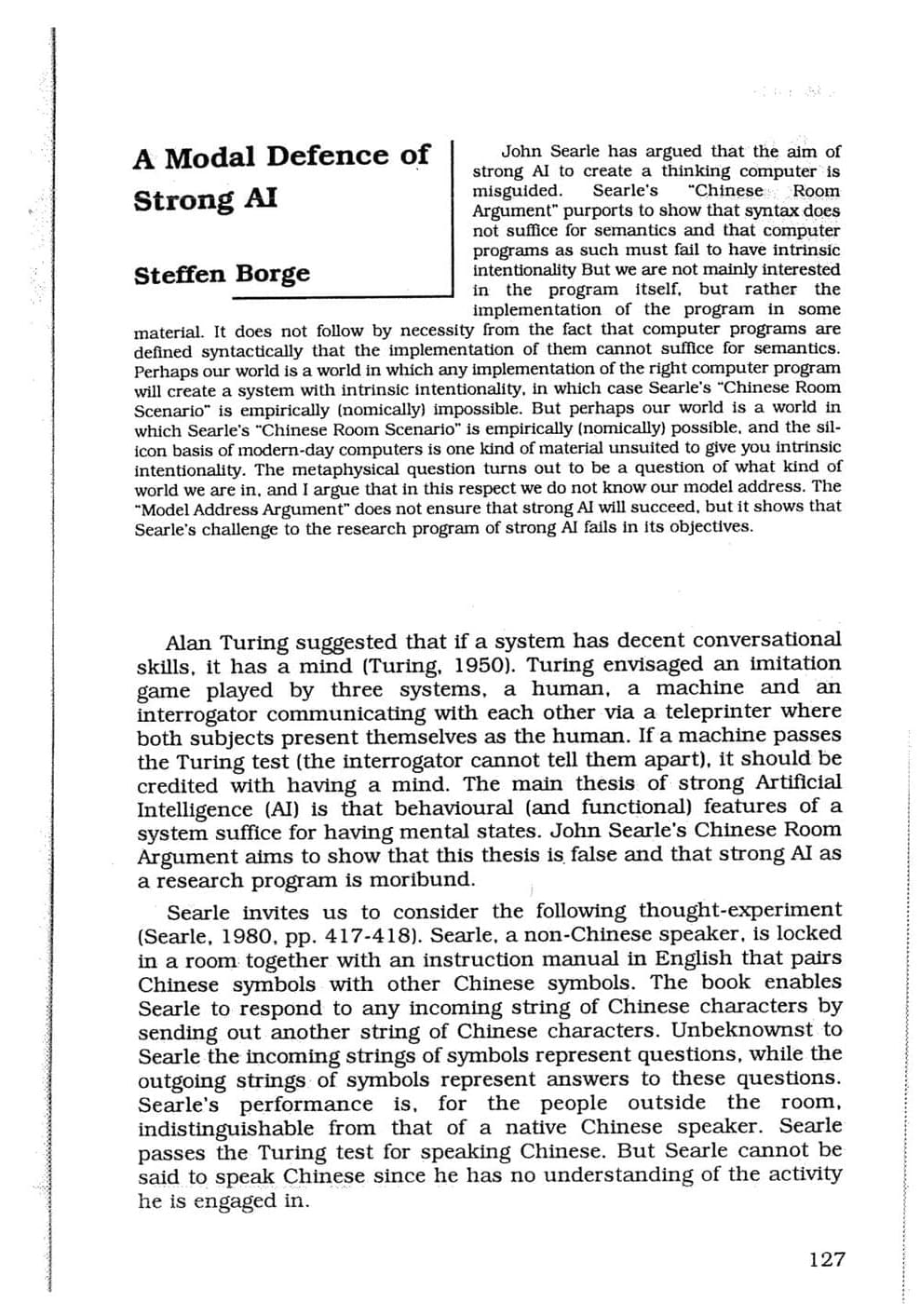Join Greg Brockman, President and Co-Founder of OpenAI, at 1 pm PT for a developer demo showcasing GPT-4 and some of its capabilities/limitations. Join the co…
Category: robotics/AI – Page 1,271

Synaptic Wiring Map for Whole Insect Brain Completed
The fruit fly larva connectome showed circuit features that were strikingly reminiscent of prominent and powerful machine learning architectures. “Some of the architectural features observed in the Drosophila larval brain, including multilayer shortcuts and prominent nested recurrent loops, are found in state-of-the-art artificial neural networks, where they can compensate for a lack of network depth and support arbitrary, task-dependent computations,” they wrote. The team expects continued study will reveal even more computational principles and potentially inspire new artificial intelligence systems. “What we learned about code for fruit flies will have implications for the code for humans,” Vogelstein said. “That’s what we want to understand—how to write a program that leads to a human brain network.”

AI-generated videos may be the next big thing as Microsoft confirms GPT-4 reveal
While attending an event called AI in Focus — Digital Kickoff, Chief Technology Officer at Microsoft Germany, Andreas Braun, spoke about GPT-4 and its upcoming unveiling (via Heise). According to Braun, the next iteration of GPT will be shown off next week and it will allow users to create new types of AI-generated content.
We will introduce GPT-4 next week, where we have multimodal models that will offer completely different possibilities – for example, videos.

Forget AI, organoid intelligence could take computing to the next level
A new concept called organoid intelligence, with the aim of developing a new generation of biocomputers, has recently been detailed by a group of researchers. They want to harness advances in the reproduction of human brain cells in vitro to offer superior intelligence to the computers and smart devices of the future. This technology promises to be much more powerful and efficient than any form of artificial intelligence as we know it.
This notion of organoid intelligence is described in a paper outlining a roadmap to developing this technology published in the journal Frontiers of Science, by numerous scientists, mainly from Johns Hopkins University in Baltimore. According to them, work on cerebral organoids, derived from human stem cells, should make it possible in the relatively near future to reproduce entities endowed with memory and a genuine capacity for learning. Organoids are miniature organs grown in vitro. The term organoid intelligence (OI) encompasses all these developments, leading to a form of biological computing — or biocomputing — that leverages neurons bred in a lab. All of which is enough to make the likes of ChatGPT seem outdated already.
Complex interfaces could eventually be networked, with brain organoids connected to sensory organoids such as retinal organoids. This could, for example, lead to new therapeutic applications.
An AI Learned to Play Atari 6,000 Times Faster
We don’t learn by brute force repetition. AI shouldn’t either.
Despite impressive progress, today’s AI models are very inefficient learners, taking huge amounts of time and data to solve problems humans pick up almost instantaneously. A new approach could drastically speed things up by getting AI to read instruction manuals before attempting a challenge.
One of the most promising approaches to creating AI that can solve a diverse range of problems is reinforcement learning, which involves setting a goal and rewarding the AI for taking actions that work towards that goal. This is the approach behind most of the major breakthroughs in game-playing AI, such as DeepMind’s AlphaGo.
As powerful as the technique is, it essentially relies on trial and error to find an effective strategy. This means these algorithms can spend the equivalent of several years blundering through video and board games until they hit on a winning formula.


You can now run a GPT-3 level AI model on your laptop, phone, and Raspberry Pi
Things are moving at lightning speed in AI Land. On Friday, a software developer named Georgi Gerganov created a tool called “llama.cpp” that can run Meta’s new GPT-3-class AI large language model, LLaMA, locally on a Mac laptop. Soon thereafter, people worked out how to run LLaMA on Windows as well. Then someone showed it running on a Pixel 6 phone, and next came a Raspberry Pi (albeit running very slowly).
But let’s back up a minute, because we’re not quite there yet. (At least not today—as in literally today, March 13, 2023.) But what will arrive next week, no one knows.

Humans Are on Track to Achieve Immortality in 7 Years, Futurist Says
Futurist Ray Kurzweil is still making waves years after his initial singularity claims as artificial intelligence continues to progress. With singularity milestones coming, Kurzweil believes immortality is achievable by 2030. Kurzweil’s predictions are met with a healthy dose of skepticism. A new video from the YouTube channel Adagio revisits futurist Ray Kurzweil’s ideas about how for humans, both singularity and immortality are shockingly imminent—as in, potentially just seven years away.

Controversial Exhibit: AI says “sorry” for wiping out humanity
A post-apocalyptic exhibit features an AI that expresses remorse for being the reason for the near-extinction of humanity.
The beating heart of tech-revolution, a museum in San Francisco, has visualized a memorial to the extinction of the human race, considering the fast and significant advances coming in artificial intelligence.
The pieces in the temporary exhibition combine the frightening with the humorous.
Bulgac/iStock.
“Sorry for killing most of humanity person with smile cap and mustache,” says a monitor welcoming a visitor to the “Misalignment Museum”, a new exhibit on the controversial technology.

Meta creates new, ‘inclusive’ AI training dataset so bots can be fair
It could be a solid step against inaccurate, racist, and sexist responses from the likes of OpenAI’s ChatGPT and Google’s Bard.
Meta hopes to assist AI researchers in making their tools and procedures more universally inclusive, with the launch of Casual Conversations v2, according to a statement from the firm on March 9.
The vast new dataset, which includes face-to-face video clips from a broad spectrum of human participants across varied geographic, cultural, racial, and physical demographics, serves as an upgrade to its 2021 AI audio-visual training dataset.